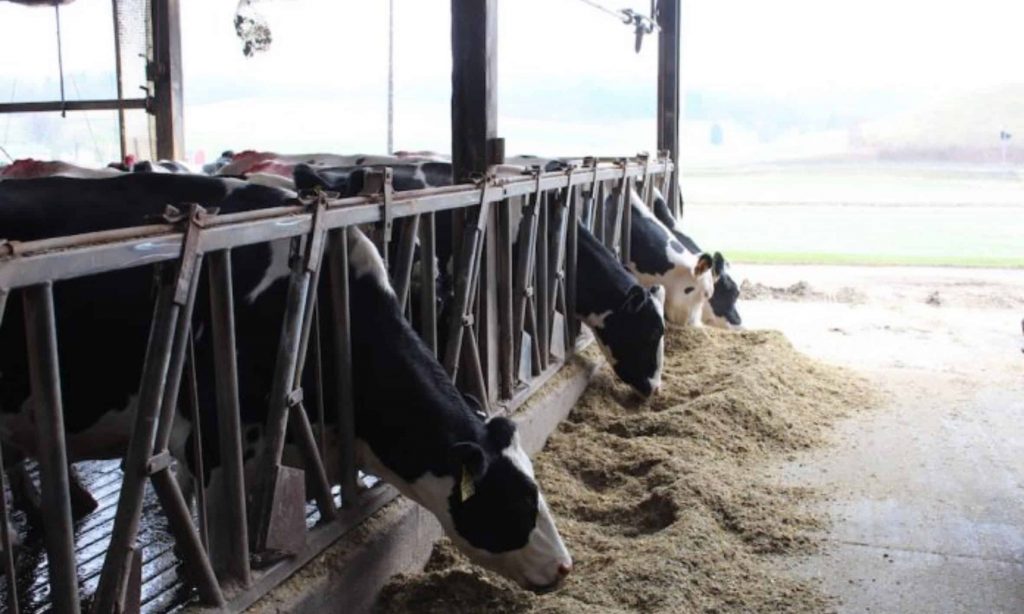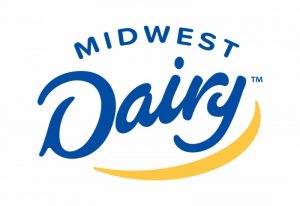
We often use the phrase “Don’t hold your breath on that one,” meaning it’s likely not going to happen, and you could die depriving yourself of oxygen.
In respect to a scary situation, one may take a deep breath and hold it or certainly release it slowly during the focus on the immediate crisis. Once the crisis is averted, the air is exhaled and we experience a “sigh of relief.”
Relative to the drought situation in Ohio, can we breathe a sign of relief? The average rainfall in central Ohio was 4.5% lower in April 2023 and 58% lower in May compared to the same months in 2022.
This pattern represents most of the Midwest, which put us in a concern for droughty contains for sprouting and growing of corn and soybeans and growth of forage. However, during the past couple of weeks, many areas in Ohio have received in excess of three inches of rain, and more is expected during the next few days. So, can we breathe “a sign of relief” in the dairy industry?
Although growing conditions have improved, we best not think we are “out of the woods” yet — another saying that originated in the late 1700s relating to being lost in the forest that is applicable now for “has the crisis been averted?” The answer, perhaps not.
The following aspects need to be kept in mind as we evaluate the current situation:
• As of June 13, 57% of the corn and 51% of the soybeans in the U.S. were still regarded as being under drought conditions. The availability and price of these key energy and protein feedstuffs are dictated more than by the Ohio market and the uncertainty of the growing conditions ahead until harvest time are uncertain.
• The uncertainly of the growing conditions ahead of corn for silage and yield of forages with multiple cuttings could result in a marginal supply of forage for the herd ahead. The first cutting of forage was generally of good quality, but yield was lower in many areas. Farmers need to be planning ahead for adequate forage into the fall and next year. This could mean planting of summer annuals, purchasing some standing corn for silage or purchasing hay.
• It is projected that there will continue to be an oversupply of milk based on increased yield per cow (supply) and lower demand when the domestic consumption and export potential are combined (demand), especially as China has been gearing up production capacity within the country. With these projected supply and demand principles expected, milk prices are expected to be soft during the second half of 2023.
These conditions should be putting dairy farmers on guard for management of forage supply and quality, strategic shopping for economical feeds, working closely with their nutritionist on feeding practices that promote the production of fat and protein based on present market values and evaluation of risk management options for milk prices.
As is the case of football, the second half reveals the outcome of the game. The same is true for the next six months for the dairy industry.























